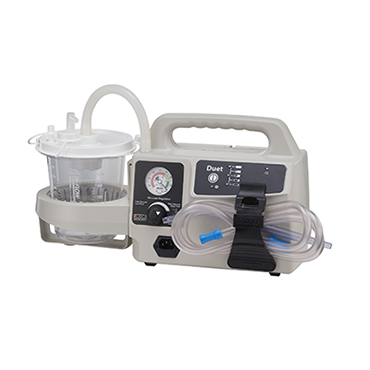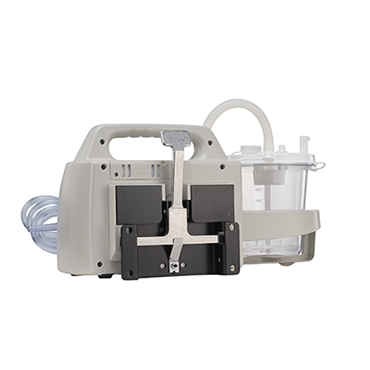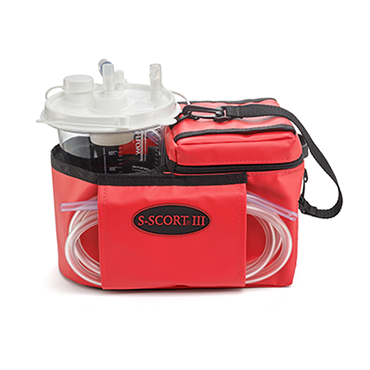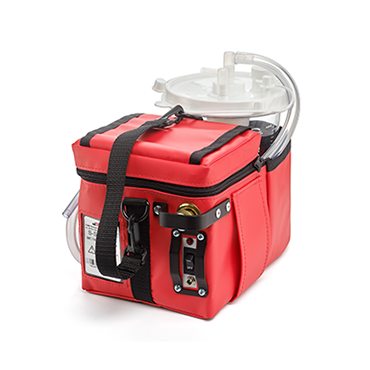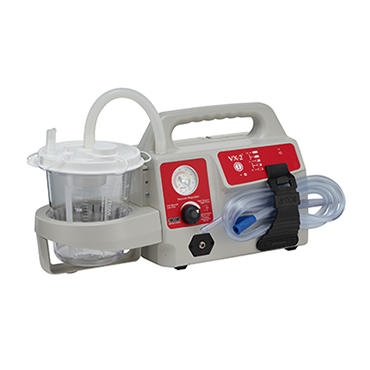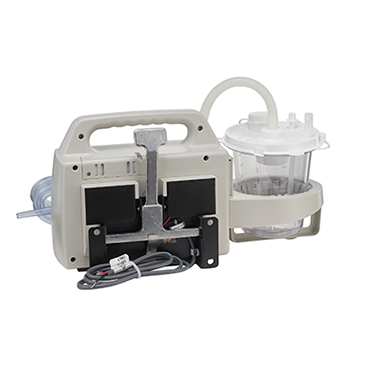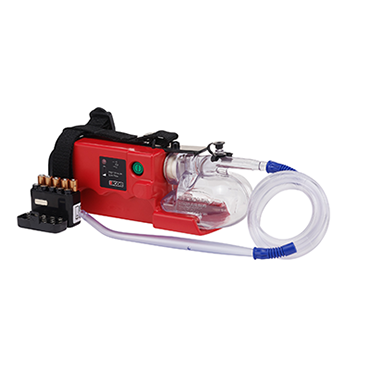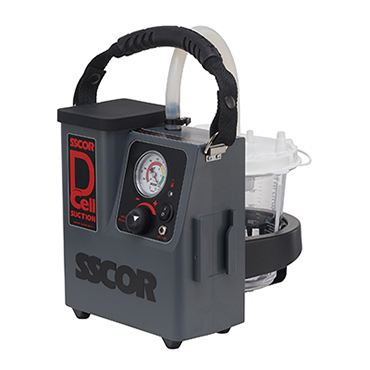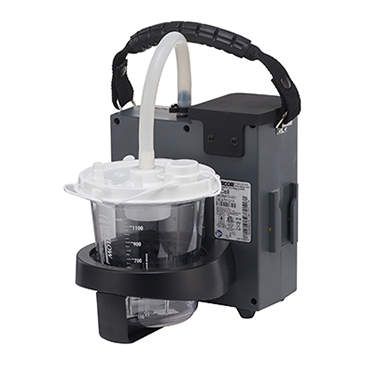
It’s the nightmare scenario for emergency health care providers – arriving at the scene of a crisis or preparing to attend to an emergency room patient and a vital piece of equipment unexpectedly fails. The precious time spent finding a replacement or coming up with a Plan B is time that many patients cannot afford.
Certainly, having backups and alternative treatment options on hand is important for providers, but so is avoiding equipment failures in the first place. Read on for a brief guide to common causes of equipment failures, as well as simple maintenance tips to ensure devices continue working as expected.
Common causes of equipment failure
- Batteries and power: Sometimes, a failure is as simple as forgetting to change or charge a battery. Many devices used in emergency settings are battery-powered, and an increasing amount are rechargeable. These batteries are convenient – it’s nice to not have to manage cords – but if they are not charged in the downtime between shifts may render the device ineffective or totally useless. Low battery in a portable suction device, for example, may affect its suctioning power. For devices that use traditional batteries, it is necessary to keep replacement batteries close by for easy swapping in the event the batteries fail or are not providing adequate power.
- Cleanliness: Sanitizing and thoroughly cleaning equipment after use is about more than keeping things hygienic. When we fail to do a comprehensive job at these tasks, we run the risk of leaving soil, bodily fluids or particulates on or in areas of a device that can gradually affect its performance or cause a breakdown.
- Age and manufacturer error: We’ve all heard the old phrase, “They don’t make them like they used to,” but no matter when a device was manufactured, over time and with heavy use, its performance is likely to suffer and errors are likely to occur. This is highly variable, of course, but the longer a machine is used, the more likely it is to require repair or replacement. Sometimes, a machine is simply a “lemon” or has a fatal flaw in its very design. These are rare circumstances, but unfortunately, they occur.
- Human error: Elements such as cleanliness or power problems can originate with the user, as can other equipment failures. It’s not uncommon for someone who lacks training with a particular device or is distracted during an emergency to incorrectly use the equipment, potentially leading to damage (among other serious risks to the patient).
Maintenance Tips
Maintenance goes a long way to prevent equipment failure.
- Test and troubleshoot: Before every shift for EMS personnel, or at regular intervals in an emergency department, it is wise to test equipment, even if it’s just turning it on. For a suctioning device, for example, ensure it is providing the proper levels of performance. If not, it’s time to troubleshoot (Is the battery charged? Is there an obstruction?) or swap out the device for one that is working correctly.
- Use proper accessories: Sometimes, a device may not work effectively if the accessories being used are not a match or ideal for a given procedure. Using our suctioning device example again, certain catheter sizes will not work as well depending on what is being suctioned or the type of patient. Additionally, accessories from a different manufacturer than the one that built the original equipment may not do the best job.
- Read the manual (and warranties): It sounds obvious, but plenty of people ignore reading or at least fully reading product manuals. They contain valuable information about operating what can be sophisticated devices, as well as troubleshooting information in the event of problems. And don’t ignore another vital piece of paperwork: warranties. Know what is covered, what isn’t, and how to contact the manufacturer if it becomes necessary.
- Install/assemble correctly: This falls under the previous item but deserves its own bullet. When initially piecing together equipment that requires assembly or installation inside an ambulance or hospital, carefully follow the instructions and check the final work. Failing to do so can damage the equipment, setting the stage for failure.
These tips are just a start, but implementing effective maintenance procedures – which are uniformly followed by staff members assigned to those duties – will go a long way toward decreasing equipment failures. It will make for a more effective environment for patients and providers alike.
Editor's Note: This blog was originally published in October, 2022. It has been re-published with additional up to date content.








